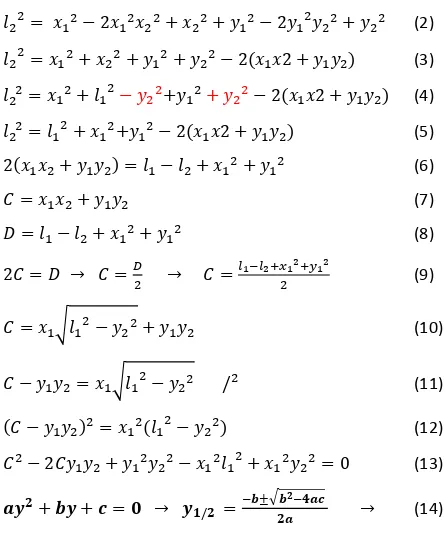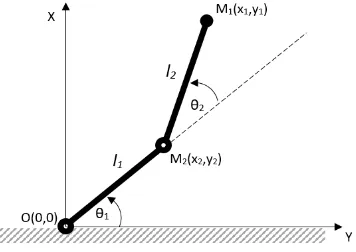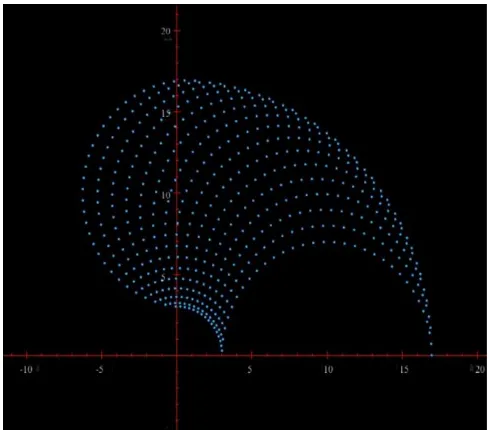Inverse Kinematics Solution of a Robot Arm based on Adaptive Neuro Fuzzy Interface System
Full text
Figure



Related documents
The objectives of the study were to: test the hypothesis that the roots of fully mature peach trees occupy the whole soil volu- me; find out if root repulsive effect of
Georgia State University Law Review (2007) "LOCAL GOVERNMENT Expedited Franchising of Cable and Video Services: Amend Title 36 of the Official Code of Georgia Annotated, Relating
The teaching and learning theories that impact the workplace learning, factors influencing workplace based learning, identifying opportunities for learning to occur
User capabilities are identified in two categories: IT users who are IT experts and involved in design, development, and implementation of SDLC driven projects, and, second,
To test this, we applied the CP/QP model using the pickCompProbes and IDOL L-DMR li- braries to samples selected from the Generation R Study ( n = 191), from which cord blood 450 K
At this time, all client portfolios of AMUS are discretionary in nature other than (i) in respect of one Luxembourg domiciled UCITS fund for which AMUS provides non-binding advice to
The idea is that firstly compute the latent representations of each node via graph attention networks with multi- heads self-attention strategy combined shortest path
In the present study, Collin's bar diagram, Trilinear diagram, Modified Trilinear diagram and Willcox diagram after Collins (1923), Piper's (1944), Wilcox (1955) and Romani